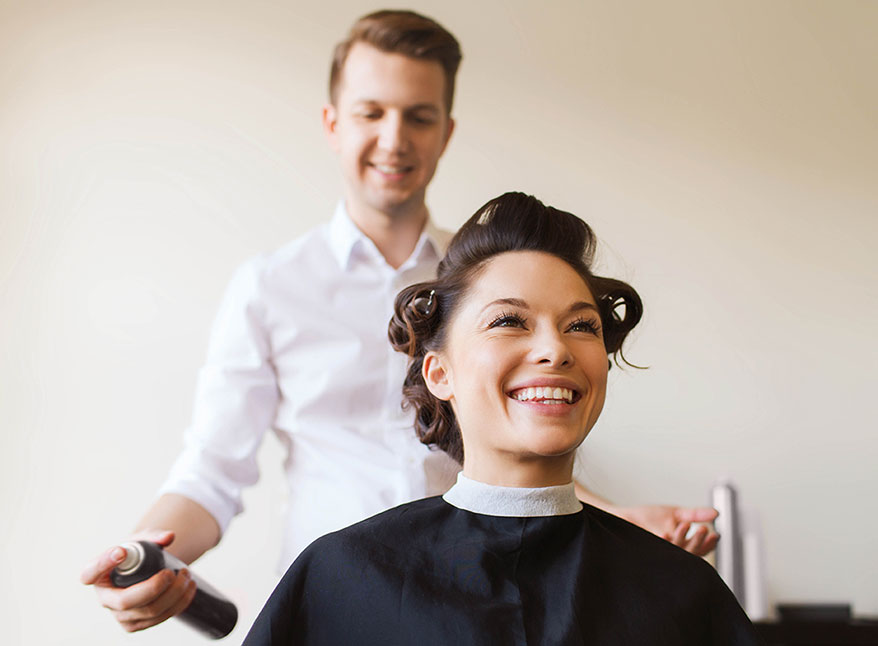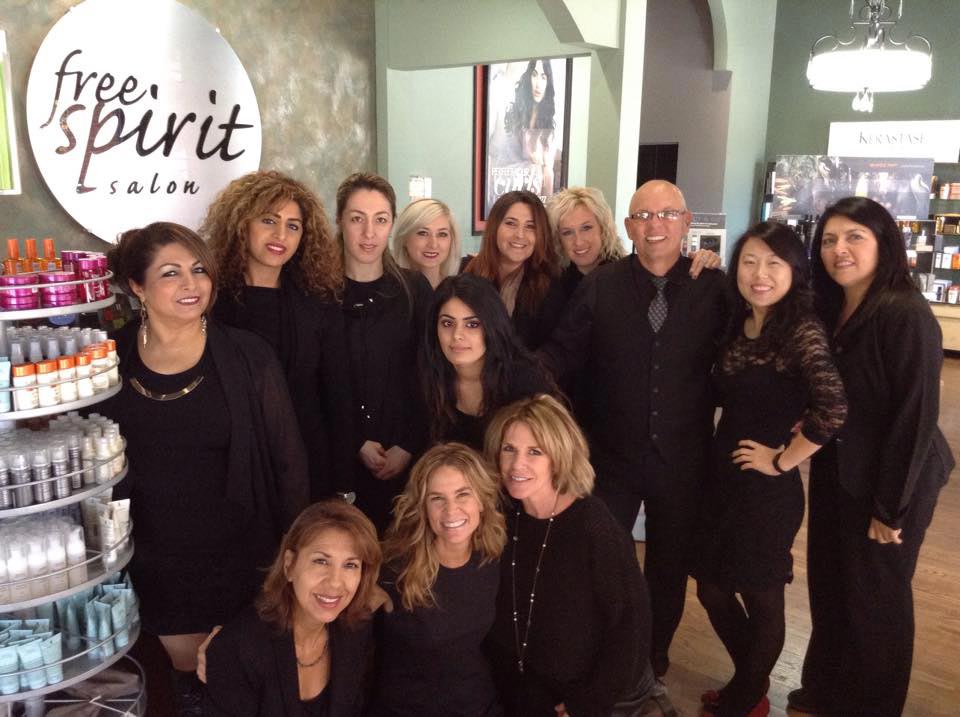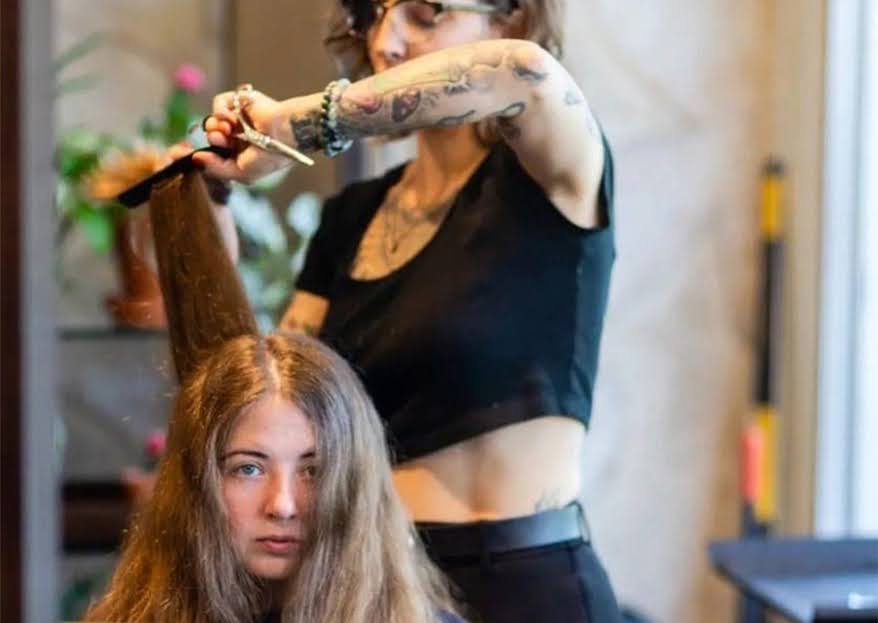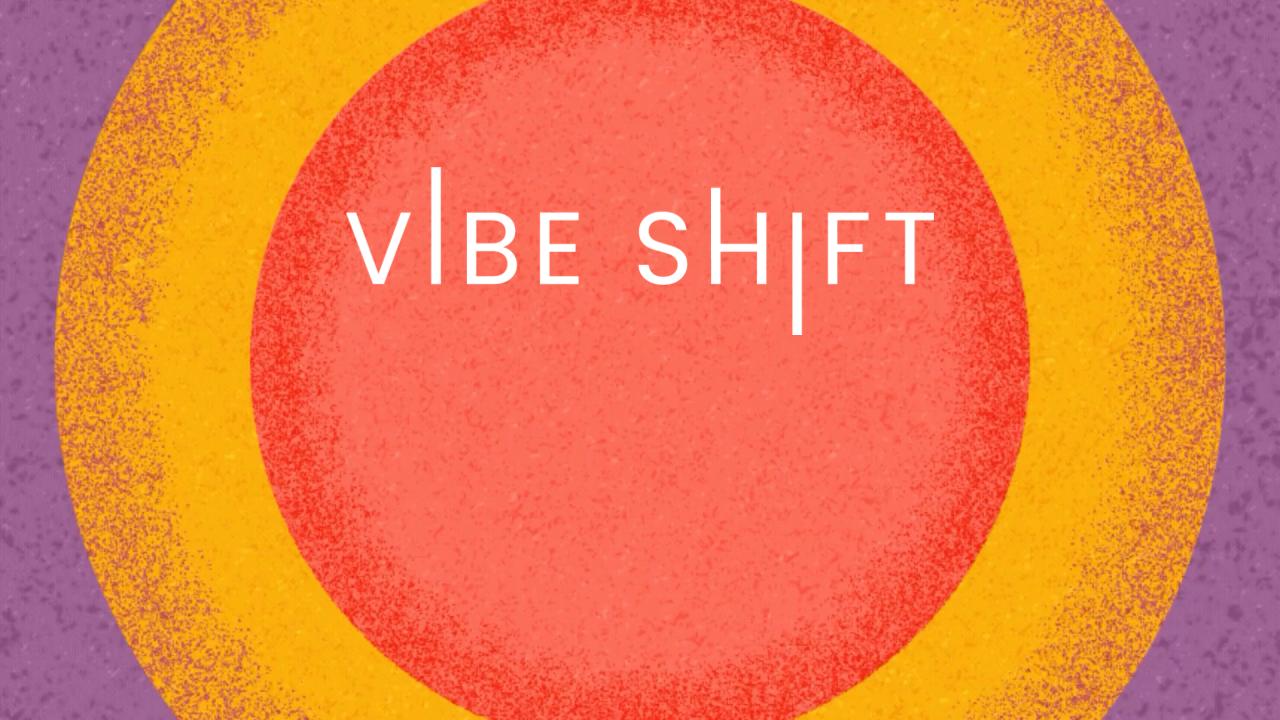Creating Accountability With Your Referral Program

Sandy Gallardo has been in the beauty business for 20 plus years. During that time she has seen many fads and trends come and go at Free Spirit Salon, her Alpharetta, Georgia-based business. But there are a few that have stayed—and thrived.
“Years ago, I used to be happy if we made 10 percent in retail,” she says. “Now, I’m unhappy with anything under 35 percent.”
Like many long-time owners, Gallardo learned how retail could boost her bottom line and slowly but surely, made selling a part of her stylists’ regular routine. Retail sales are also tied to whether or not a stylist can be promoted a level in the salon.
Now, Gallardo is focusing on referrals as a profit builder. Currently, stylists must meet requirements in retail and percentage pre-booked to move up at Free Spirit.
“I’m adding referrals to the criteria,” says Gallardo. “I’ll require a minimal amount of the referral cards to come back in order to move to the next level.”
The plan is to post a board in the back room with each stylist’s name and how many referrals they got weekly.
“I want to track publicly so they can pay attention to it and maybe create a little friendly competition,” she says.
Although she already has some stylists who excel at handing out referral cards, others need a little push. “But if I require everyone to do it, even those who aren’t comfortable will.”
She acknowledges the fact that her stylists who are fresh out of beauty school are more at ease with the referral process than some of her stylists who have been behind the chair for years.
“The new stylists are used to it—they were required to do it in beauty school,” she says. “For veteran stylists, the new system of referrals can make them feel uncomfortable. I’ve talked and talked about referral, but some people just want to come in and work behind the chair.”
But Gallardo has embraced change before with success and is not afraid to hold her staff accountable.
“I had to do this with retail years ago and now it’s a huge part of our income. We know how important it is and have integrated systems to help our stylists sell. We’re going in the same direction with referrals.”
Providing the Tools
While accountability for referrals may be new, Gallardo has been doing a referral program of some sort for a long time. Over the years, she has tried several different types of referral cards, including one with 50 percent off the next service for the client and the referred guest.
But in recent years, she has stuck with the 20/25 referral card: The client gets $25 off a product and the friend gets $20 off a service. The client fills out their info on one side, then rips it and gives it to a friend. When the friend presents the card, she gets $20 off and the client gets an e-mail with the $25 off in product.
“None of our other referral programs worked as well as this one,” says Gallardo.
“A lot of people are hesitant to buy a product that’s a higher price point, so it’s a good way to get them to try and gives them the opportunity to do so,” she adds.
It’s also a win for Free Spirit stylists as it helps them reach retail goals and start the retail conversation with clients.
Walking Billboards

The Free Spirit Team
“Referrals are the biggest new clients,” says Gallardo. “I tell my stylists that their clients’ hair should act as an advertisement for them.”
She adds, “We talk about this in meetings a lot. I explain that you need to market yourself, and not expect me to fill up your books.”
It’s not just about the stylists though—Gallardo also recognizes how important her front desk staff is when it comes to referrals.
“They ask every client at check out, ‘did your stylist tell you about our referral program?’ On the referral cards they pass out, their initials are in the corner,” she says. “Then they get a monetary reward—kind of like a bonus—for their referrals.”
Moving forward, Gallardo anticipates a similar process to when she began holding her staff accountable for retail.
“With retail, I started seeing patterns and what the percentage should be. So I’ll look at my stylists who are successful at referrals and see what they are doing as a benchmark for goal setting,” says Gallardo.
As for those who are reluctant to embrace referral cards? Gallardo tells them to look at the book. “If you’re not busy, don’t you want to be busy?” she asks. “You can’t complain if you aren’t passing out the cards.”











Great questions! Answers from Sandy: (1) They are not promoted by reaching it once, it has to be an average over 6 months. (2) To clarify… it’s 35% of their sales dollars, but not meaning if they do $2000 a week in services than they need to be selling $700 in retail. However I just changed that, because based off of their prices, it makes it harder on those with high prices and easier for those with lower price points. So I now require 35% of the number of clients they do so it is more fair. (I get them to try and make 40%, however, by paying a higher retail commission if they do). Hope that helps!
Referrals have always been and probably always be our greatest source of new business. The good news is, you don’t pay until you get the referral! Unlike other advertising devices, which prove the shotgun effect. It is a hit and miss opportunity! With referrals the service provider has a much easier job as the need to “win over” the new guest is not so urgent as their “friend” already did that for them! All one needs do a good job and send them home with a bag of “stuff”. BTW, new guests are a stylist’s dream guest as she/he may not have experienced the product du jour and it is easy to recommend and sell to them.
A couple of questions:
1. In order to go to the next level the stylist must perform X. What happens if she gets there by the skin of her teeth and never meets that goal again?
2. 35% retail as a part of your total gross revenue. Does that mean that your service revenue is a paltry 65%? Sometimes I wonder where we should put our efforts?
3. 100% retail could mean there are no service dollars being generated. Something to think about…